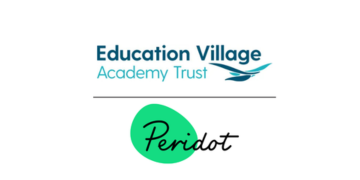In HG Wells’ War of the Worlds, the intellectually and technologically superior aliens did not achieve their strategic ambitions, because they forgot the small matter of their vaccinations for travel to Earth. Good or bad, intentions are quite often scuppered by a failure to think through the details. If the ambitions in the post-16 white paper are to be realised we must not overlook those small things that could trip up implementation.
Any white paper denotes implicit criticism of what has gone before. The success measures in the paper make it clear that a quality model based on Ofsted grades and student achievement rates (two areas where colleges have performed strongly) has not been fit for purpose. This is because it omitted a key focus on student volumes. The sector has not enrolled enough of those not in education, employment or training (NEETs), enough learners at Levels 4 and 5, and enough learners in key occupational areas.
As a result, the white paper proposes some revolutionary ideas to address these failures such as auto-enrolment of 16-year-old NEETs and a complete overhaul of the vocational curriculum, including new V Levels.
The success of these proposals will be determined by how well we address their very considerable resource implications for college student data, exams and timetabling teams.
Colleges process millions of enrolments annually, and every extra field or keystroke added to the enrolment process therefore has a real and significant cost.
Enrolling all 16-year-old NEETs at a default college might mean entering data for 300-plus people who have not shown the slightest interest in that institution, let alone express a view on a preferred qualification. Getting them on the system, only to then remove or amend those records is a real extra burden. Funding follows the learner, so there is no compensation for that work.
Similarly, the overhaul of the curriculum means an entire re-coding exercise. If Pearson’s dominance at Level 3 is replaced by a more diverse range of awarding bodies, then exams staff will need retraining to understand the systems and processes of the new bodies. The scale of the changes also increases the risk of coding errors.
V Levels are much smaller than BTECs. A programme of study made up of three V Levels means more choices, more combinations, more invigilation and more (probably smaller) classes too. Some V Level combinations may stray across existing college department boundaries, which could have serious implications for timetabling. Three V Levels also requires three times the volume of curriculum coding input compared to a single BTEC.
Colleges are much bigger than schools and have a much greater variety of educational activities. Timetabling is very different as a result. Colleges do not generally want all students to have the same breaks because it places an impossible burden on canteens, toilets and social spaces. Changes to the maths and English curriculum also mean a cohort studying the same main qualification will need breaking into smaller cohorts for those taking different maths and English qualifications, adding to the complexity. Resolving these difficulties will be critical to successful change. It is unlikely that the extra workload can simply be absorbed.
You may remember in 2013 the elegant new London skyscraper known as the Walkie Talkie building was found to have a design fault, with its concave glass acting as a mirror directing a beam of light so hot that it melted the cars below. It was a detail that no-one had considered before. If we want the white paper proposals to help students reach for the skies, let’s attend to the detail and make sure we properly resource our data and exams teams, so they avoid a very different sort of burnout.














Yet another example of institutional bias and misses the bigger point. The White Paper actually talks about auto enrollment at a local college or other FE provider. Many young people won’t want a place at a college that resembles a school where they dropped out from.